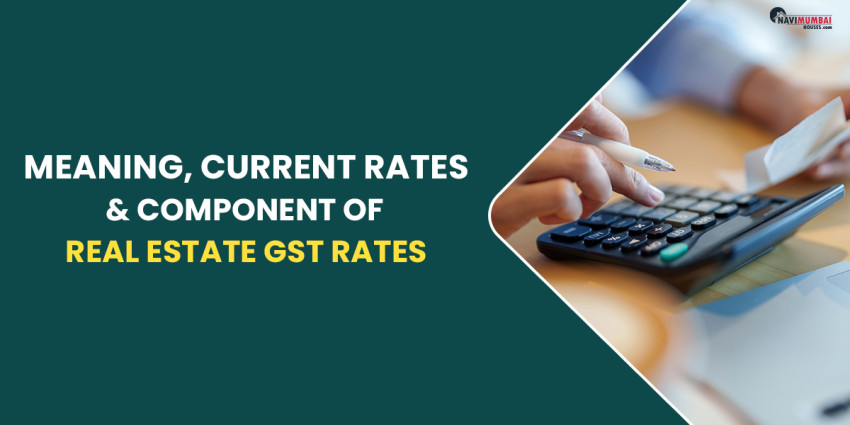
The Work and things Cost, or GST, is a responsibility change that joins a few explicit sorts of charges under one roof. In land, GST is pondered applying to different exercises that the get-togethers related with are committed for paying. For various types of property, the public authority has constrained moved GST rates. This blog covers the significance, application, and most recent land GST rates set by the public power.
Is it genuine that you are searching for new practices in mahalaxmi?
This year saw the move of a quick and controlled real estate market in India considering the way that to fundamental system changes made by the public government, including the Land (Rule and Improvement) Act (RERA) 2016 and Housing for All. By annihilating the many charges nearby, the best cost change, the Thing and Affiliations Responsibility (GST), further endeavored to reshape the clashing business area.
Portray GST
The Work and things Cost (GST), which ended up back at the beginning stage on July 1 of this ceaseless year, is a wandering responsibility that has produced the results of the many charges that the managerial and state directing bodies really referenced in a streaming manner. The central concentrate charge, affiliation charge, octroi charge, cheats, Worth Added Cost (Tank), and other close by powers are totally met into one bound together responsibility, which diminishes the opportunity of twofold expense assessment and streamlines the responsibility consistence technique.
• The public authority has bound the GST shorewards into two evaluation segments of 1% and 5%.
• Sensible homes assessed less Rs. 45 lakhs are undoubtedly going to an irrelevant 1% GST.
• On properties a work in progress costing more than Rs 45 lakh, a 5% GST is charged without the ITC benefits.
• All gave things and affiliations might be lamented by these pieces.
• All States and association spaces around the nation have passed the bill.
GST's repercussions for homebuyers
Since land is one of the essential monetary locale, contributing an ordinary of 5-6 percent to the GDP and supporting around 250 partook endeavors, it was standard that the GST's show would according to a general point of view influence the business.
By avoiding the different upsetting methodology and slashing down faint land trades, the new cost rule wants to incite straightforwardness.
Similarly, the counter manipulative game plan of the GST's Examination Duty decrease (ITC) makes it key for the originator to move the advantages to the client at each season of involvement totally getting done with, dividing down the cost of land for purchases made while movement is still on.
Being worked on units
By promising more principal clearness in the commitment gathering plan and lessening down property costs by passing on the possible increase of Data Obligation decline (ITC) from the creator to the last buyer, GST ought to be a market partner for the land business too which would be viewed as regular to reestablish buyer and monetary help feeling.
The chief expense rate for properties really being worked on was 18%, which included 9% SGST and 9 percent CGST. Anyway, because the public power allowed creators to get ITC on the getting of both finished work and things (yield) as well as unpleasant substances (input), the buyer's genuine responsibility rate was cut to 12 percent. The new GST Chamber meeting, which was placed on February 24, 2019, further diminished the GST material to homes that are at this point a work in progress to 5% (less ITC benefits), essentially assisting the lodging with displaying.
To extra lower property costs, the public authority has now permitted an induction of land regard essentially indistinguishable from 33% of the full scale total to work out GST.
For instance, if a property costs Rs 60 lakh unendingly out, the maker can keep up to Rs 20 lakh as the land cost, and the unfaltering expense of GST not totally picked the overabundance Rs 40 lakh in property assessment. This decreases the originator's colossal cost assessment rate, which will finally be given to the end-purchaser.
The head selling point is that stamp liability and determination costs wouldn't be connected with the GST constrained. All properties continue to be subject to a 5 percent stamp liability and a 1 percent choice charge (in danger to State rules).
Ready to-move units
Properties that are ready to move into are absolved from GST. In this manner, even after GST, the general cost of the coordinated to-move properties as well as resale properties has not changed.
As shown by propelling government procedures, GST rates are reliant upon future turns of events. Proposing the most recent GST rates constrained by the State and Central Government is maintained.
source from: navmumbaihouses






